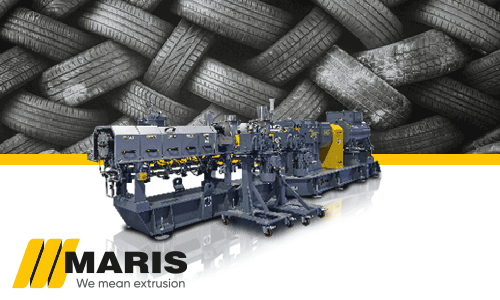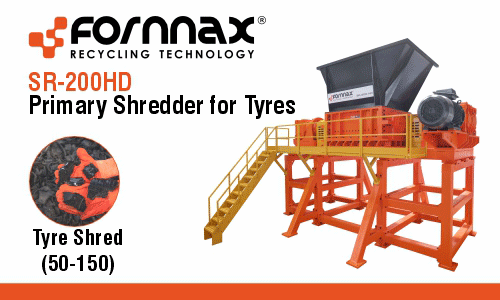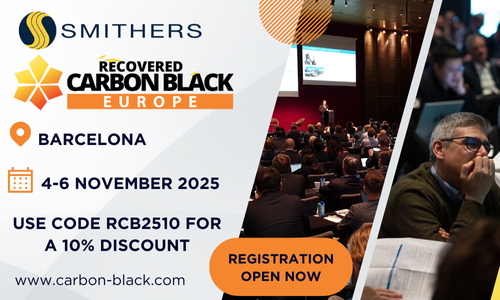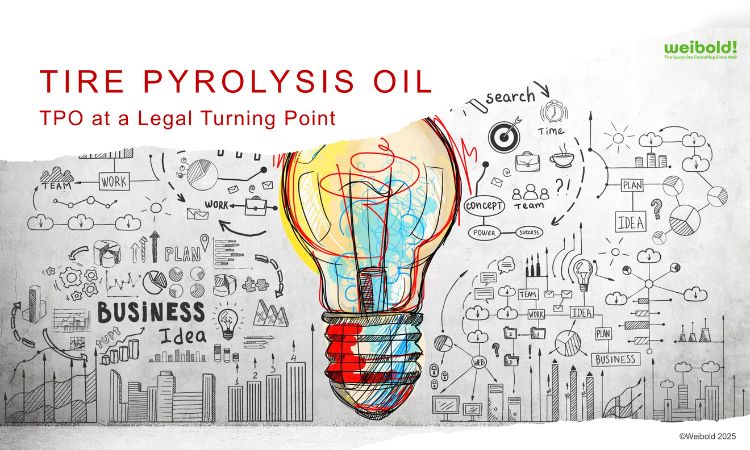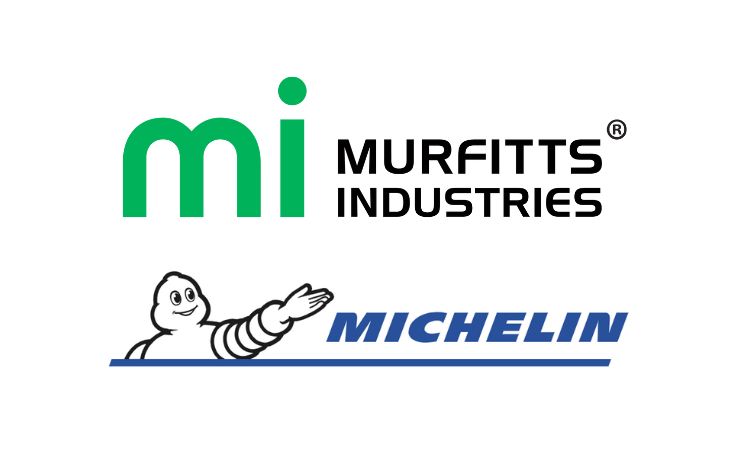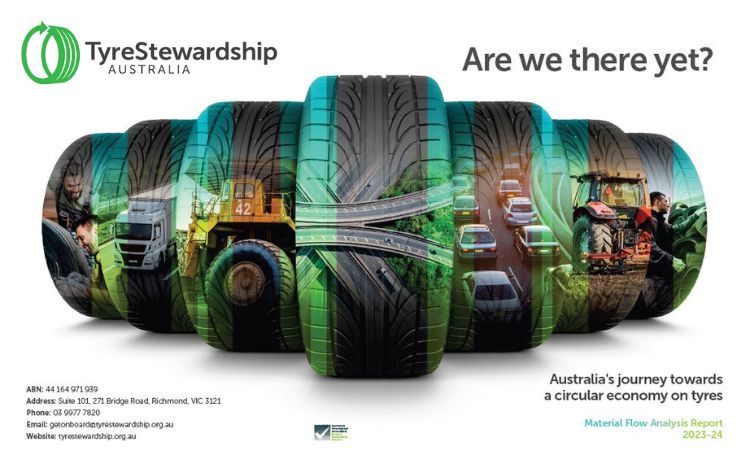Weibold Academy: How used tires can improve electricity problem in developing countries
Month by month, our Weibold Academy series touches different topics from the world of tire recycling and highlights different sides of running this business. If you have missed our previous articles, you can find links in the end of this post.
Today, many developing countries suffer from poor waste management practices and severe environmental problems. This includes not only insufficient wastewater treatment, dangerous chemicals in soil or solid household waste, but also end-of-life tires (ELTs) which, accumulated at landfills, pose threat to human health.
Whereas fraught politics is incapable of designing scrap tire management regulations and establishing collection systems, there are other practices which could help. To affect scrap tire management and recycling on local level, one should come up with solutions tailored to people’s economic behavior and habits, and look at their economic needs. This is where crowdsourcing for ELTs comes into play.
In geographic areas suffering from poor electrical power supply, crowdsourcing could help establish a business model where electrical power is provided against scrap tires delivered by residents to the plant. Such a business model should be based on container tire pyrolysis projects which benefit both residents and environment by converting end-of-life tires to electricity, creating jobs and offering economic opportunities for investors in the environmental and energy sectors.
In this example, a containerized installation can process 600 kg of scrap tires an hour to steel-free crumb rubber and thereof produce 500 kWh of electrical energy, which will also power the tire shredder and the pyrolysis unit, whereas the rest of electricity can go to a local power grid.
The installation contains a tire debeader, tire shredder, electrically powered tire pyrolysis plant with gas reservoir and hot gas driven turbine-generator built into one 40 feet and two 20 feet full side door containers with a continuous throughput of 500 kg of rubber granulate an hour. Installation with higher capacities are also available.
Such projects would enable consumers with low income to pay electricity bills by tires, e.g. two tires per day against a supply of 5 kWh/day (daily power consumption of an average African household). Steel content and heating energy of one tire will cover the energy supply costs and the other tire can be considered as power plant’s profit.
The opportunity “Electrical Power against Scrap Tires” enables plant operators to outsource raw material supply and still receive a healthy profit margin. Weibold cooperates with engineering professionals involved in designing, manufacturing and upgrading of tire pyrolysis equipment, who have been involved in similar projects in developing countries. Upon request, Weibold can shed light on technical solutions and needs for such a setup depending on a specific situation, e.g. remote area, developing countries, etc.
To mitigate the planning risks, meet the challenges and explore the opportunities in any phase of your tire pyrolysis project, contact Weibold and consider our specialized services. Our feasibility studies, market research modules, as well as technology evaluation and financial modeling services can help you avoid pitfalls, protect your investment, solve technical problems and improve your profit margins. Write us at sales@weibold.com to learn more about our work!
Weibold is an international consulting company specializing exclusively in end-of-life tire recycling and pyrolysis. Since 1999, we have helped companies grow and build profitable businesses.





